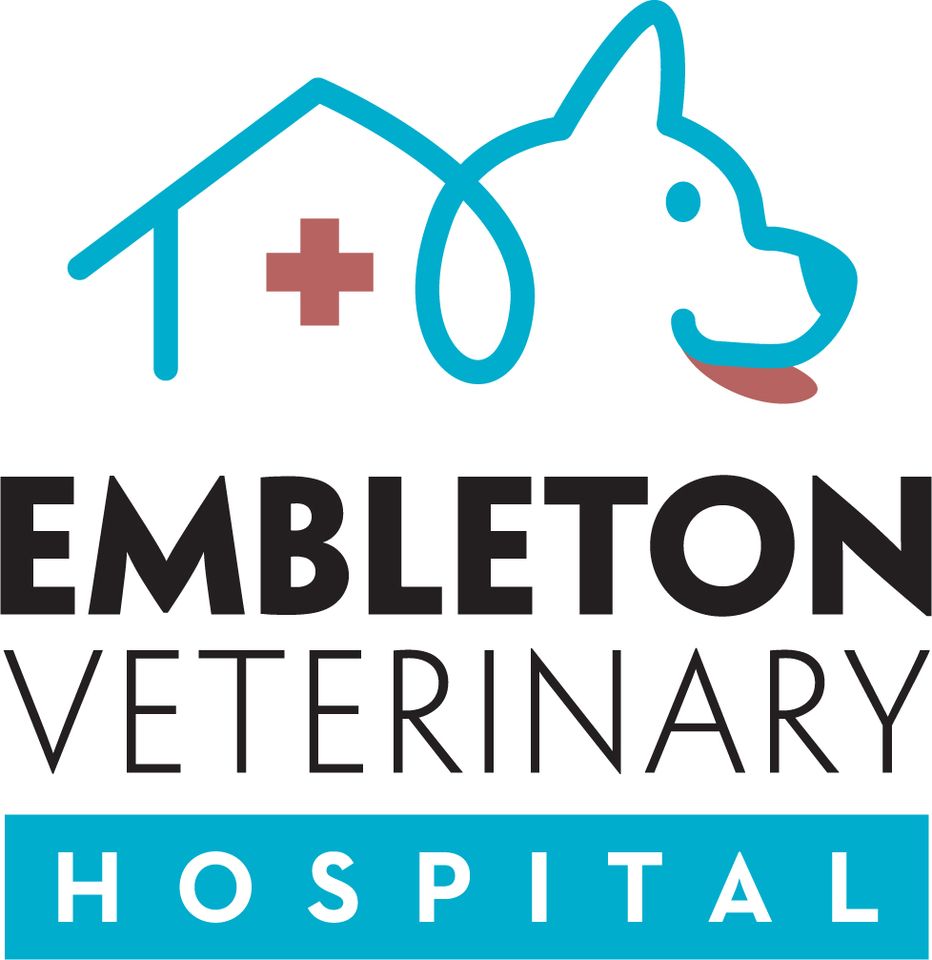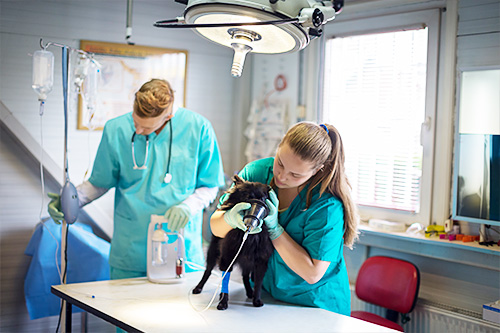If travel, thunder, or fireworks upset your pet, he or she may benefit from tranquilization or sedation. While sedated, the animal will stay awake or sleep lightly but can be roused when stimulated. To minimize any potential risk associated with tranquilization or sedation, we need to assess each animal individually before we dispense these medications.
As a Fear Free technique, here at Embleton we also offer PVP (pre-visit pharmaceuticals) to help ease the patients anxiety with a vet visit.
Please contact us if you would like to set up an assessment or discuss sedation with us.



